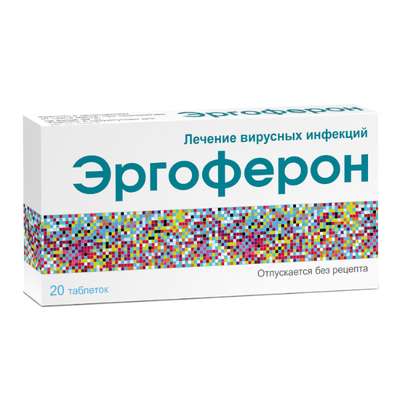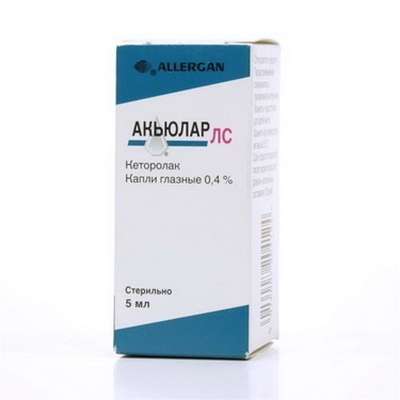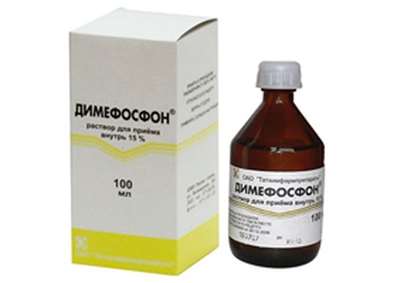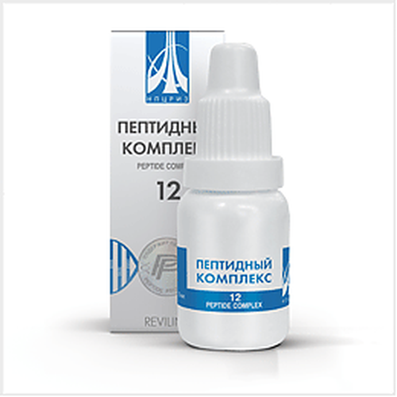Instruction for use: Auline
I want this, give me price
Active substance Nimesulide
ATX code M01AX17 Nimesulide
Pharmacological groups
Other non-narcotic analgesics, including non-steroidal and other anti-inflammatory drugs
Nosological classification (ICD-10)
K08.8.0 * Painful toothache
Dentinal pain, Dentinal pains, Pain pulpitis, Anesthesia in dentistry, Pain syndromes in dental practice, Pain after removal of tartar, Pain when extracting a tooth, Toothache, Pain after dental interventions
M06.9 Other specified rheumatoid arthritis
Rheumatoid arthritis,Pain syndrome in rheumatic diseases, Pain in rheumatoid arthritis, Inflammation in rheumatoid arthritis, Degenerative forms of rheumatoid arthritis, Children's rheumatoid arthritis, Exacerbation of rheumatoid arthritis, Acute articular rheumatism, Rheumatic arthritis, Rheumatic polyarthritis, Rheumatoid arthritis, Rheumatic polyarthritis, Rheumatoid arthritis, Rheumatoid arthritis of active course, Rheumatoid arthritis, Rheumatoid polyarthritis, Acute rheumatoid arthritis, Acute rheumatism
M15-M19 Osteoarthritis
M25.9 Joint disease, unspecified
Arthropathy, Diseases of the joints, Swelling in the joints, Swelling of the joints, Articular Syndrome, Edema after interventions during sprains
M77.9 Other unspecified
Capsule, Periarthritis, Tendonitis, Tendopathy, Periarthropathy
M79.9 Disease of soft tissue, unspecified
Localized forms of inflammation of soft tissues
N94.6 Dysmenorrhea Unspecified
Pain during menstruation, Functional disorders of the menstrual cycle, Menstrual cramps, Emmeniopathy, Pain during menstruation, Painful menstrual irregularities, algomenorrhea, algomenoreya, Pain smooth muscle spasm, Pain spasm of smooth muscles (renal and biliary colic, intestinal spasms, dysmenorrhea), Pain spasm of smooth muscles of internal organs (kidney and biliary colic, intestinal spasms, dysmenorrhea), Disalgomenoreya, dysmenorrhea, Dysmenorrhea (essential) (Exfoliative), menstrual disorder, menstruation painful, metrorrhagia, Violation of the menstrual cycle, Menstrual irregularities, Prolaktinzavisimoe menstrual disorders, Prolaktinzavisimoe menstrual dysfunction, Pain spasm of smooth muscles of internal organs, Spasmodic dysmenorrhea, Primary disalgomenoreya
R52.2 Other constant pain
Pain syndrome, rheumatic origin, Pain at vertebral lesions, Pain in the chamber, Pain for burns, Pain syndrome weak or moderate, Perioperative pain,Moderate to severe pain, Moderately or weakly expressed pain syndrome, Moderate to severe pain, Ear pain of otitis, Neuropathic pain, neuropathic pain
Composition and form of release
Tablets 1 table.
nimesulide 100 mg
auxiliary substances: sodium dioctyl sulfosuccinate; hydroxypropyl cellulose; lactose; sodium starch glycolate; ICC; hydrogenated vegetable oil; magnesium stearate
in the package 10 pcs .; in a pack of cardboard 1 or 3 packs or in a package of 15 pcs .; in a pack of cardboard 2 packs.
Granules for solution for oral administration 1 pack.
nimesulide 100 mg
auxiliary substances: cetomacrogol 1000; acid lemon monohydrate; sucrose; pressed sugar; orange flavor
in sachets; in the package 10 or 20 bags.
Description of dosage form
Tablets - round, biconcave, light yellow color.
Granules - light yellow color without foreign particles with the smell of orange.
pharmachologic effect
Pharmacological action - anti-inflammatory, antipyretic, analgesic.
Pharmacodynamics
Selective inhibitor of cyclooxygenase - an enzyme involved in the synthesis of PG. The functional group in nimesulide is sulfonilide. In vivo and in vitro studies, it has been found that nimesulide predominantly inhibits cyclooxygenase II, the synthesis of which predominates in inflammation, and has minimal effect on cyclooxygenase I, which has a protective effect on the gastric mucosa or kidney. When the inflammatory reaction affects the neutrophils in the II stage of the cellular response. Effectively reduces the production of oxidants in the process of interaction of neutrophils with chemotaxis factors (direct cellular action), while it does not reduce the locomotor properties of the cell and does not limit the absorbing efficiency of neutrophils in the process of phagocytosis. Acts as an activator of hypochlorous acid in the process of phagocytosis (the process of utilization). Prevents the formation of chloramine in neutrophils and toxic tissue damage by chlorinated oxidants in inflammatory processes.
Pharmacokinetics
When taken orally, it is absorbed well. After a single dose of 100 mg C max in the plasma is observed after 2-3 hours and is 3-4 mg / l. AUC = 20-35 mg / l / h. There was no statistical difference between the above data and the values obtained with the use of the drug at a dose of 100 mg twice a day for 7 days. Up to 97.5% of the substance binds to plasma proteins.
Metabolised in the liver. The main metabolite is parahydroxy-form, which has pharmacological activity. The estimated time before the appearance of the metabolite in the circulatory system is insignificant and is 0.8 hours, however the formation constant is small and much less than the absorption constant of nimesulide. Hydroxynimesulide is the only metabolite in plasma and almost completely in a free state. T1 / 2 is between 3.2 and 6 hours. It is excreted mainly with urine (approximately 50% of the administered dose). Only 1-3% is excreted unchanged. Hydroxynimesulide, the main metabolite, is found only in the form of glucuronide. Approximately 29% of the injected substance is released after biotransformation with feces.
The kinetic profile of nimesulide does not change in elderly patients with single and repeated administrations.
With minor violations of kidney function (Cl creatinine 30-80 ml / min) C max nimesulide and its metabolites does not exceed the level in healthy volunteers. Repeated use of the drug does not lead to cumulation. Contraindicated in patients with impaired hepatic function due to high risk of cumulation.
Indication
Osteoarthritis, osteoarthritis, pain syndrome with extraarticular defeats (tendinitis, bursitis, bruises, sprains, etc.), toothache and inflammation, primary dysmenorrhea (symptomatic treatment).
Contraindications
Hypersensitivity, incl. to aspirin or other NSAIDs in the anamnesis (bronchospasm, rhinitis, urticaria), acute peptic ulcers, erosive and ulcerative lesions and gastrointestinal bleeding, disorders of the blood coagulation system, severe renal impairment, hepatic insufficiency, children under 12 years.
With caution: arterial hypertension, heart failure, diabetes mellitus.
pregnancy and lactation
The drug should not be administered during pregnancy or breastfeeding.
Side effects
Allergic reactions: most often - rash, hives, itching, erythema, angioedema, in isolated cases - Stevens-Johnson syndrome and epidermal necrolysis.
From the gastrointestinal tract: often - heartburn, nausea, gastralgia, abdominal pain, diarrhea, constipation; rarely - peptic ulcers, perforated ulcers, gastrointestinal bleeding.
From the hepatobiliary system: changes in hepatic enzymes (transaminases), more often temporary and reversible; in isolated cases - acute hepatitis, fulminant hepatic insufficiency (several lethal outcomes).
From the nervous system: drowsiness, headache, anxiety, dizziness.
From the side of the urinary system: oliguria, edema, isolated hematuria,
renal insufficiency.
On the part of the blood and lymphatic system: in the

 Cart
Cart





